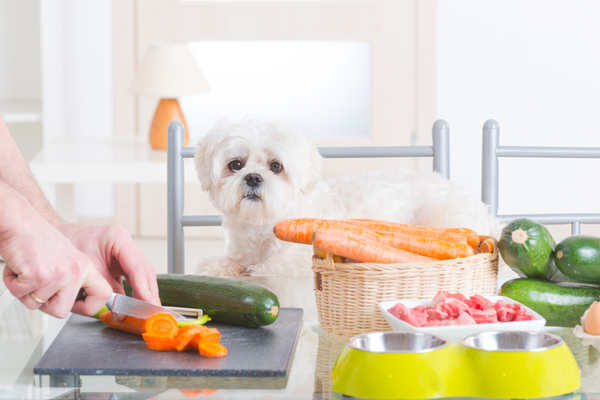Growth in the pet care industry has been growing by leaps and bounds, and shows no signs of stopping.
According to the American Pet Products Association (APPA), in 2020, sales for the US pet care industry reached over $100 billion for the first time ever. After reaching that milestone, the industry expected some growth for the next year, estimating it would come in at around 6%. But when they got the news that the 2021 sales hit $123.6 billion, or 13.5%, more than double the predicted growth, well, it exceeded expectations.
“The numbers don’t lie: The pet industry has shown itself to be incredibly strong and resilient with a record-breaking two years,” said Anne Ferrante, APPA’s senior vice president of member relations and business development, following the release of the association’s 2021 State of the Industry data. “We expect continued growth as we look toward the remainder of 2022, although we anticipate it may be at a more moderate pace given the impact of volatile factors like inflation, supply chain issues and global relations.”
According to Pet Food Industry, if industry analysts are correct in their predictions, the industry’s growth won’t be slowing, but rather picking up speed through the rest of the decade. Analysts with Morgan Stanley Research and AlphaWise, the company’s survey and data group, believe the US pet industry may reach $275 billion, yeah, with a B, by 2030.
“We think the US pet industry has reached an inflection point, taking topline compound annual growth rates to 8%, versus 3% for the last decade,” said Simeon Gutman, equity analyst covering hardline retail for Morgan Stanley Research.
Fueling these expectations is the anticipated growth in number of pet owners over the next five to 10 years. According to the 2021-2022 APPA National Pet Owners Survey, a whopping 70% of US households own a pet, which equates to 90.5 million homes. And an AlphaWise survey reported that 65% of 18- to 34-year-olds plan to get a pet in the next five years, which will help drive the expected 14% increase in pet ownership by 2030.
With the growing demand for pets comes a growing need for pet food and treats in a variety of formats to satisfy the cravings of the expanding population of pets. But, possibly more importantly, varying pet food and treat formats are needed to satisfy the changing demands of pet food purchasers — the pet parents.
While food and treats still top the list of where pet parents’ money is going, other pet-related products and services continue to make the list of necessary expenses. The APPA’s 2021 State of the Industry report showed:
- $50 billion was spent on pet food and treats (a 13.6% increase from 2020).
- $34.3 billion was spent on veterinarian care and product sales (an 8.9% increase over 2020).
- $29.8 billion was spent on pet supplies, live animals and OTC medication (a 17.8% increase from 2020).
- $9.5 billion was spent on other services, including grooming, dog walking and boarding (a 17.3% increase over 2020).
As the pet food industry continues its growth trajectory, processors undoubtedly have a lot on their plates. They face the ongoing task of meeting the demands of current and future pet parents as they search for more variety from the food and treats they feed their pets. Alongside this, the industry continues to battle the manufacturing challenges of labor shortages, supply chain logistics and rising ingredient costs, all the while working to keep sustainability and other environmental issues a priority. If the pet food industry can stay the course, innovating and expanding along the way, prognosticators might just be correct with their lofty growth predictions.
—
Photo Credit: Monika Wisniewska / Shutterstock.com
